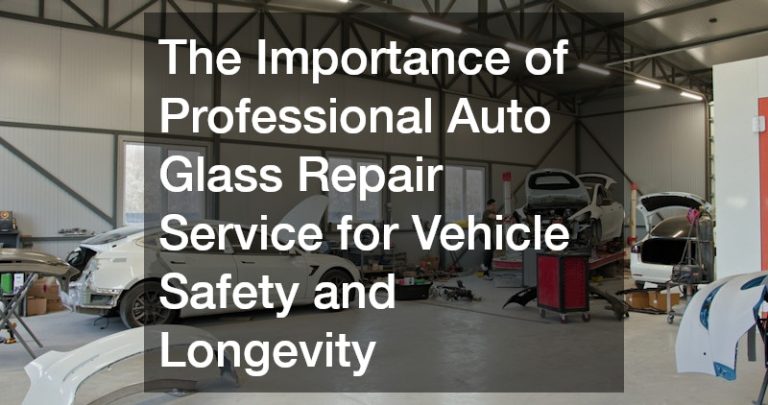Cars are invaluable tools for helping you easily get from point A to point B. However, you may want to give your car a performance boost if you’re hoping to drive like the wind. If this is true for you, then it’s time to consider how you can improve your vehicle’s power and performance level. This article will walk you through evaluating where your car needs help and then identifying which upgrades will be most beneficial for your vehicle.
Assess your car’s performance
If you want to understand your car’s performance, consider taking it on a test drive. While this sounds simple enough, several things can affect your results:
- The road you are driving on. If you’re driving through a city, the road might be bumpy and full of potholes. This will make it difficult for your car to perform well because it may struggle with staying balanced over small bumps in the pavement or have trouble maintaining traction in inclement weather.
- Traffic around you. Heavy traffic makes it harder for cars ahead of you to accelerate from a stoplight or intersection. This means that their acceleration times will be longer than usual and may not reflect how fast they could go if pushed by fewer cars or if there is no traffic (e.g., when driving out of town).
- Road conditions such as wetness or snow/ice buildup can also affect your car’s performance. Speeds should be reduced when traveling under these conditions because braking distances increase significantly when wet roads become slick due to ice accumulation!
Consider how you would like to improve your car’s performance
The first part of this process involves deciding what you would like to improve about your car’s performance. You have a few options for enhancing your car’s power, including installing new parts or upgrading old ones. If you want to install new parts, you may need a professional mechanic to help with the installation process.
If you decide that it’s time for an upgrade but don’t know where to begin and have no idea how much it will cost (or if it will be worth the money), talk with someone at a local auto parts store about which upgrades would make sense for your vehicle type. In many cases, these professionals can recommend upgrades that won’t break the bank while still providing significant benefits in terms of horsepower and torque output.
You may also take advantage of software for tire management. These programs can help you track your vehicle’s maintenance needs and keep a running log of the types of tires you have on your car. For example, if you need to replace old tires with new ones, the software will notify you when this time comes so that nothing falls through the cracks.
Organize your power priorities

We all want our cars to perform, but safety should be your priority when evaluating your vehicle. If you’re looking for a car with power and performance, it’s essential to know what features are most important in today’s market. If you’re an older driver or often drive with young drivers (or both), then you’ll want to look at safety features like blind spot detection, lane departure warning, and collision avoidance systems.
Do not overlook safety features when modifying your vehicle
When you do decide to modify your vehicle, don’t overlook safety. A car that doesn’t stop will be dangerous, no matter how powerful it is. The brakes should be the first thing you check when evaluating the safety of your vehicle. If worn or in need of repair, that’s a sign that other parts may soon follow suit—including tires, suspension parts, and even engine components such as sensors and hoses (which could lead to leaks or poor performance).
Next up are tires. Make sure they’re properly inflated and balanced. Also, make sure there aren’t any cracks or bulges on them before driving on long trips (especially if you’ve added extra weight). Finally, check out how well-maintained everything else seems before hitting the road: Does the suspension feel loose? Are there any strange noises coming from underneath while driving? Is there anything unusual about how smoothly it shifts gears?
Choose the best possible parts for your vehicle
When you purchase parts for your vehicle, ensure they are the right ones. You want to ensure that the part fits in with your vehicle’s performance and power. This means that it should be compatible with the brand of car or truck you have, as well as match its age and condition. Of course, the cost is another factor to consider when choosing parts for vehicles (or anything else). Selecting parts within your budget is one way to avoid overspending on repairs and other maintenance projects.
When shopping online or in a store near you, choose products from reputable manufacturers—the same goes for any businesses offering auto repair or maintenance services.
Make modifications to improve and customize your vehicle’s performance
Once you have determined that your vehicle’s performance and power are lacking, several options are available to improve it. The first step is ensuring you understand the risks associated with . You must also be aware of any legal issues involved and the costs associated with modifications and maintenance. In addition, it is important to understand what types of benefits can be expected from such changes. If this all seems like too much work, you could always buy another car instead.
Final Thoughts
The most crucial step in your evaluation process is ensuring you are buying a car that fits your lifestyle. You should also consider getting professional assistance with the inspection. Many online websites offer free services like this, but the recommendation is to go to someone who knows what they’re doing and can give you a detailed explanation of the findings.








